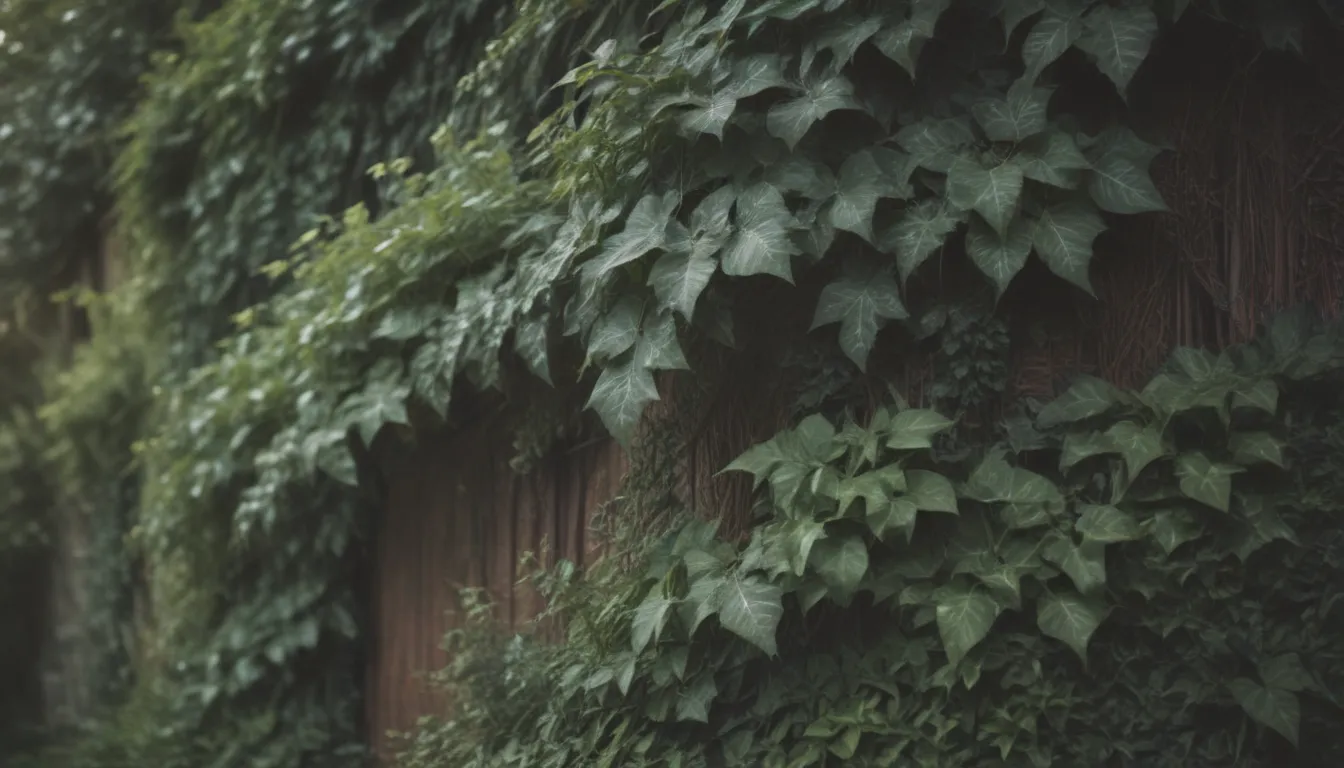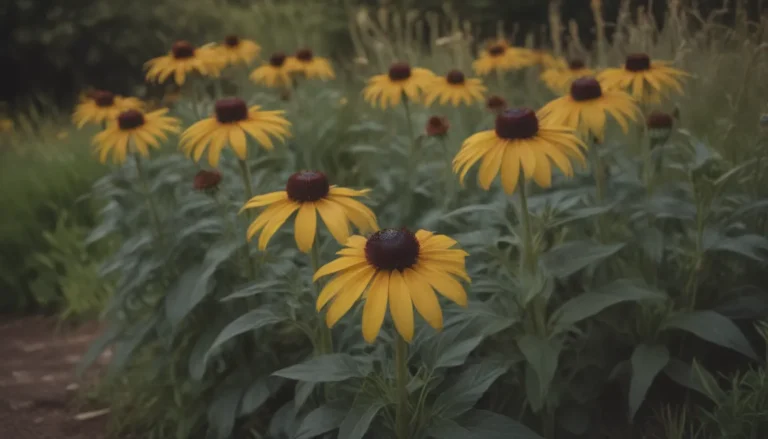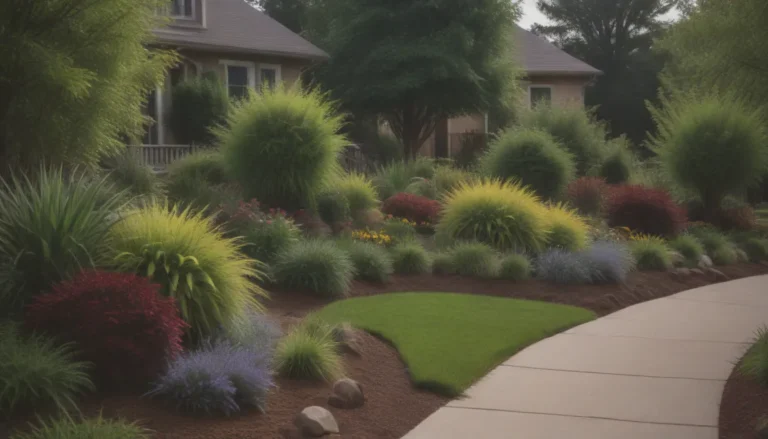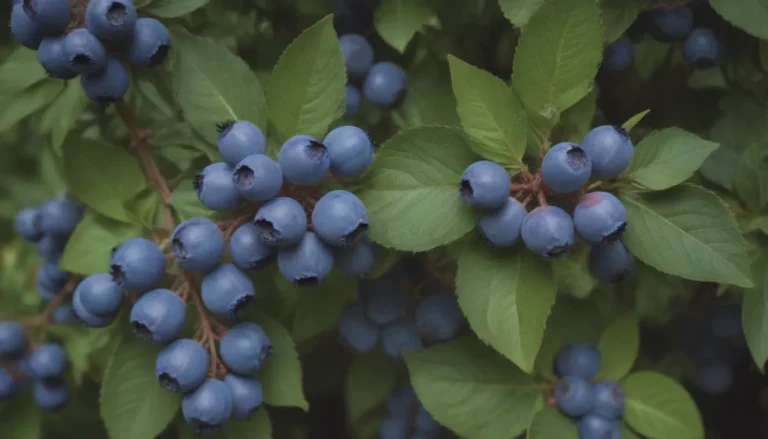How to Successfully Eliminate Ivy From Your Garden

When it comes to managing ivy in your garden, it’s essential to understand the different types of ivy and the best methods for removing them effectively. Whether you’re dealing with creeping Charlie, English ivy, Boston ivy, ground ivy, or poison ivy, each requires a specific approach to eliminate them successfully. In this comprehensive guide, we’ll discuss the various types of ivy, when to kill them, and the best practices for removing ivy from the ground, trees, and walls.
Understanding Different Types of Ivy
- English Ivy: Known for its invasive nature, English ivy can quickly take over an area and suppress weed growth. However, it can also climb trees and suffocate them by blocking sunlight.
- Boston Ivy: Similar to English ivy, Boston ivy can also climb buildings and trees with its holdfasts. Removing Boston ivy can be challenging due to its strong attachment to surfaces.
- Ground Ivy: Considered a lawn weed, ground ivy releases a pleasing fragrance when mowed. However, it competes with grass and can be a nuisance for those aiming to maintain a manicured lawn.
- Poison Ivy: Poison ivy is universally despised due to its toxic nature. It’s crucial to eliminate poison ivy, especially in areas where children play.
When to Kill Ivy
The best time to kill ivy is in the spring before the leaves develop a waxy coating, making it easier for herbicides to take effect. It’s advisable to apply herbicides when the ivy has 3-5 leaves of new growth to ensure maximum effectiveness.
Before Getting Started
Before attempting to kill ivy, it’s essential to identify the type of ivy you’re dealing with. While creeping Charlie can be removed by hand, poison ivy requires extra caution and protective clothing to avoid skin contact. Swedish ivy, a harmless houseplant, does not need to be eliminated like other invasive ivy species.
How to Kill Ivy on the Ground
- Select a broadleaf herbicide containing glyphosate for English or Boston ivy.
- Alternatively, pull by hand or dig out the roots to avoid herbicides.
- Cut vines down to the ground after die-back occurs.
- Dispose of the vines properly and be prepared for re-growth.
How to Kill Ivy on Trees
Removing ivy attached to trees requires a different approach as herbicides cannot be used. Follow these steps:
– Cut all vines at the base of the tree.
– Make additional cuts about 5 feet up the tree trunk.
– Peel off a 5-foot section of vines carefully, avoiding damage to the tree.
– Dispose of the vines and dig out the roots around the tree base.
How to Kill Ivy on Walls
Eliminating ivy climbing a wall is a challenging task, especially when dealing with holdfasts. Here’s how you can effectively remove ivy from walls:
– Spray the ivy with glyphosate.
– Cut vines at the base of the wall after leaf yellowing.
– Peel small sections of vine off the wall cautiously to avoid damage.
– Dig out the roots along the base of the wall and remove new shoots promptly.
Resources:
- Oregon State Extension: Provides information on ivy removal in a home landscape.
- Washington State Noxious Weed Control Board: Offers valuable resources on managing invasive ivy species.
By following these specific guidelines for each type of ivy, you can effectively eliminate unwanted ivy from your garden and prevent it from overtaking your landscape. Remember to handle poison ivy with extra care and always wear protective gear when dealing with potentially harmful plants. With the right approach and techniques, you can successfully kill ivy and maintain a healthy garden environment.





